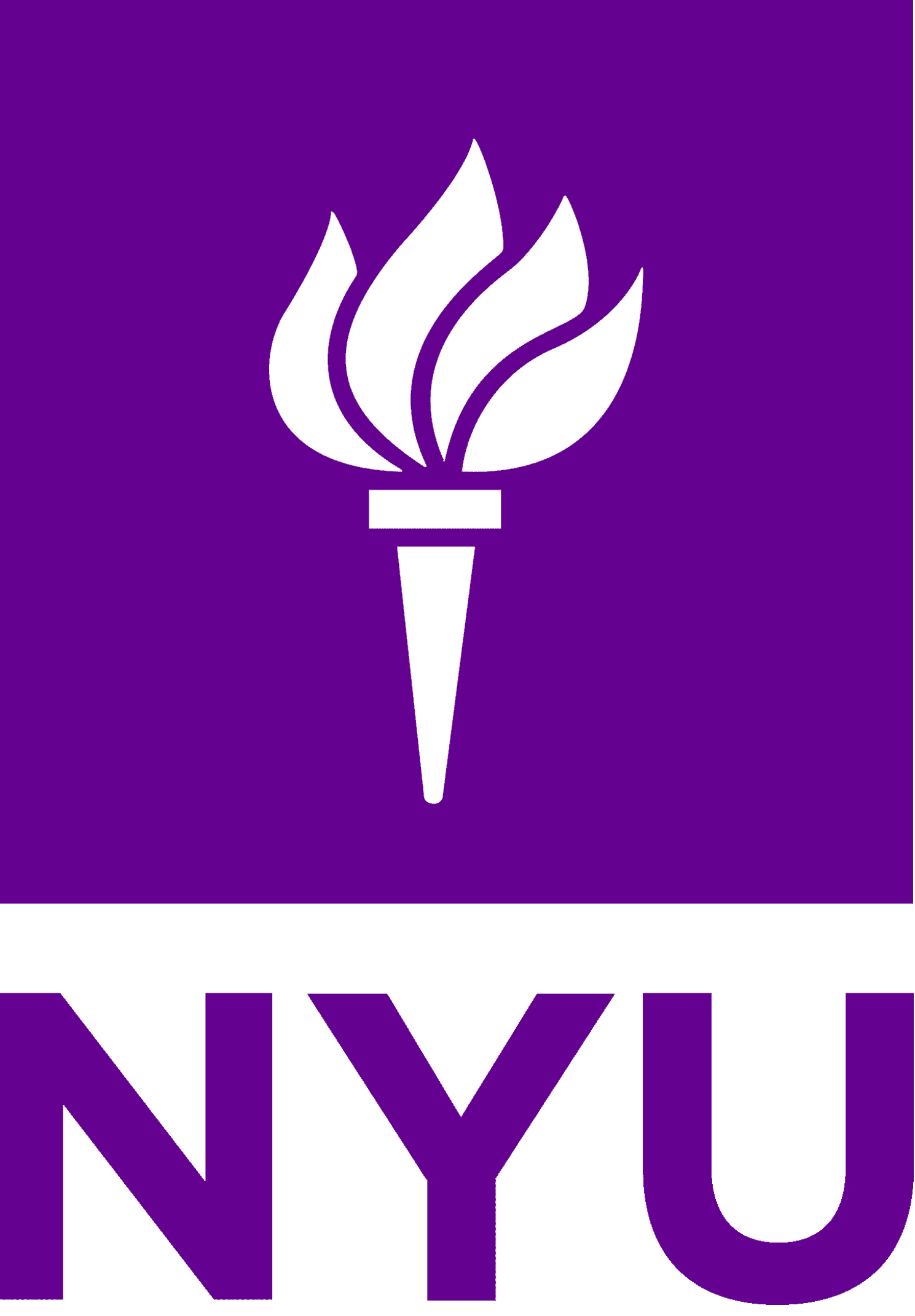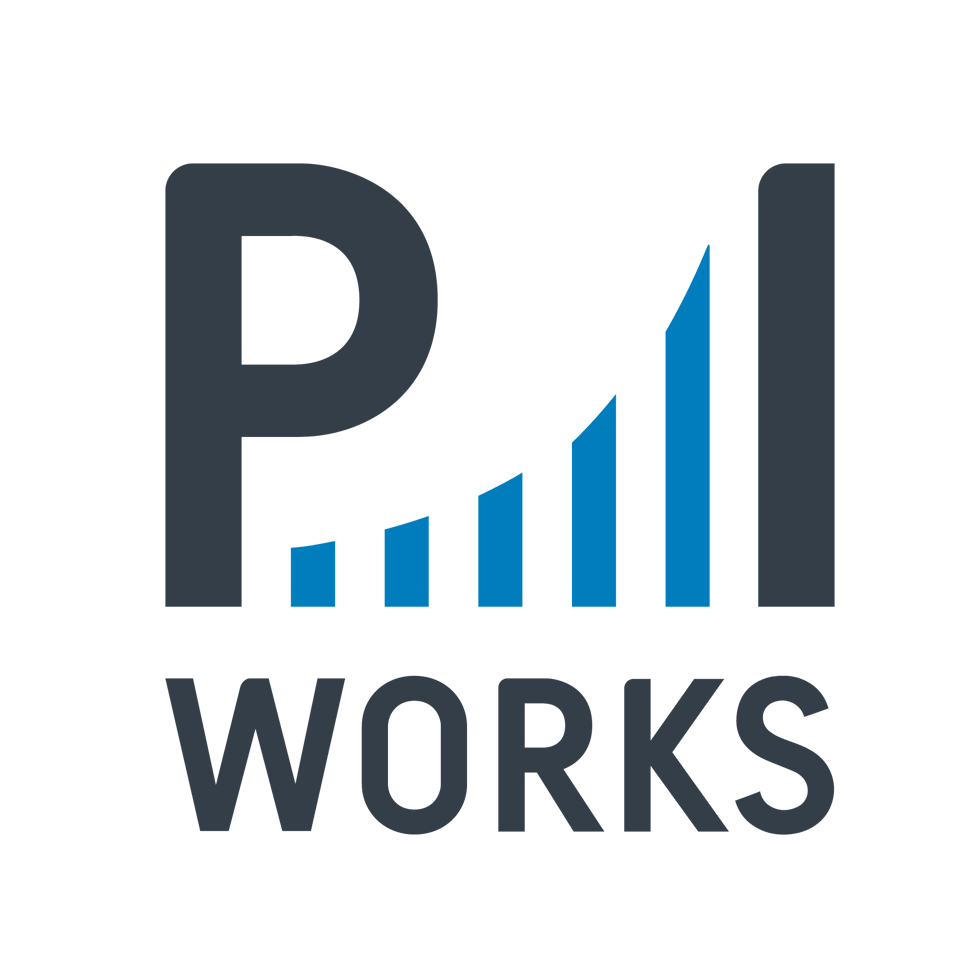About Me
I am a fourth year Ph.D. candidate in Electrical and Computer Engineering at New York University's Tandon School of Engineering. I am actively engaged in cutting-edge research as part of the NYU Wireless research center. My research group is CommIT under supervision of Prof. Elza Erkip. I work at the intersection of machine learning, optimization, and wireless communications.
Beyond my professional commitments, I thoroughly enjoy delving into various hobbies. Presently, my passions span a diverse spectrum, encompassing activities such as hiking, climbing, yoga, engaging in film photography, enjoying electronic music, and exploring engaging reads, with a particular focus on science fiction and psychology (current read).
Bio
Education

Ph.D in Electrical and Computer Engineering | 08/2020 - Present
NYU Tandon, SoE Fellowship, Advisor: Prof. Elza ErkipTeaching: Introduction to Probability and Stochastic Processes and Machine Learning
Classes: Heuristic Problem Solving, Image and Video Processing, Optimizational and Computational Linear Algebra, Foundations of Deep Learning, Digital Signal Processing Lab, Algorithmic Machine Learning and Data Science, Data Structures and Algorithms, Wireless Communications, Information Theory, Digital Signal Processing, Machine Learning, Deep Learning, Probability and Stochastic Processes

B.S in Electrical and Electronics Engineering | 08/2015 - 05/2020
Bilkent University , Full Scholarship ( The ranking: 215/2 million in university selection and placement exam)Teaching: Algorithms and Programming 1 and Microprocessors

Exchange | 02/2019 - 08/2019
Friedrich-Alexander-Universitat , Erasmus+ ScholarshipExperience
Graduate

PhD Software Engineer Intern | 06/2024 - 08/2024
Meta Reality Labs , Burlingame, CA, USA.

Graduate Intern | 06/2023 - 08/2023
Samsung Research America , Dallas, TX, USA.

Summer Intern | 06/2022 - 08/2022
Dell Technologies , Remote.

Summer Intern | 06/2021 - 08/2021
Interdigital , Remote.Undergraduate

Part-time | 08/2019 - 08/2020
P.I. Works , Ankara, Turkey.

Part-time | 10/2018 - 02/2019
Key Software , Ankara, Turkey.

Summer Intern | 06/2018 - 07/2018
Polaran , Ankara, Turkey.

Summer Intern | 07/2018 - 08/2018
Roketsan , Ankara, Turkey.

Summer Intern | 06/2017 - 08/2017
Koc University Arcelik Research Center , Istanbul, Turkey.Research
Publications
Ongoing
Frequency Dependent Beamforming
- 3D Beamforming Through Joint Phase-Time Arrays
Ozlem Yildiz, Ahmad AlAmmouri, Jianhua Mo, Younghan Nam, Elza Erkip, and Jianzhong (Charlie) Zhang -- submitted to IEEE International Conference on Communications (ICC) 2024.
Conference
Intelligent Reflective Surfaces
- Investigation and Optimization of Secrecy Capacity for Intelligent
Reflective Surfaces-Assisted Secure mmWave Indoor Wireless Communication
Ozlem Yildiz, Mohammad Alavirad, and Tejinder Singh -- IEEE Radio and Wireless Symposium (RWS) 2023.
Slides
Abstract: This paper investigates the secrecy performance of an intelligent reflective surface (IRS)-assisted 28 GHz indoor system where the IRS is capable of adjusting the direction and phase shift of reflected signal on its surface and assists a source to communicate with an authenticated user in the presence of a passive eavesdropper. IRSs being promising candidates for millimeter-wave (mmWave) and 6G communication, their deployment has tremendous challenges due to severe information leakage of beam misalignment and costly implementation of continuous phase control. We propose the design of a tile-allocation-and-phase-shift-adjustment strategy for the IRS to optimize the secrecy capacity. In addition to the alignment strategy, the optimal placement to achieve the maximum secrecy capacity is also evaluated through ray-tracing algorithm. Results demonstrate that the proposed IRS-assisted secure algorithm can significantly improve the secrecy capacity performance for an indoor media commutation network.
Beam Alignment
- Hybrid Beam Alignment for Multi-Path Channels: A Group Testing
Viewpoint
Ozlem Yildiz, Abbas Khalili, and Elza Erkip -- IEEE Asilomar Conference on Signals, Systems, and Computers, 2022.
Slides Poster
Abstract: High-frequency bands such as millimeter-wave and terahertz require narrow beams due to path loss and shadowing. Beam alignment (BA) methods allow the transceivers to adjust the directions of these beams efficiently by exploiting the channel sparsity at high frequencies. This paper investigates BA for an uplink scenario, where the channel between the user equipment (UE) and base station (BS) consists of multiple paths. The BS wishes to find the best beams with a given resolution while using the least number of time slots. At each time slot of the BA, the UE transmits a BA packet and the BS uses hybrid beamforming to scan its angular region. To minimize the expected BA duration, a group testing framework is devised, and the associated novel analog and hybrid BA strategies are described. Simulation studies show the performance improvement both in noiseless and realistic 5G mm Wave BA settings.
Journal
Federated Learning
- Federated
Spatial Reuse Optimization in Next-Generation Decentralized IEEE 802.11 WLANs
Francesc Wilhelmi, Jernej Hribar, Selim F. Yilmaz, Emre Ozfatura, Kerem Ozfatura, Ozlem Yildiz, Deniz Gündüz, Hao Chen, Xiaoying Ye, Lizhao You, Yulin Shao, Paolo Dini, and Boris Bellalta -- ITU Journal on Future and Evolving Technologies (ITU J-FET) 2022.
Abstract: As wireless standards evolve, more complex functionalities are introduced to address the increasing requirements in terms of throughput, latency, security, and efficiency. To unleash the potential of such new features, artificial intelligence (AI) and machine learning (ML) are currently being exploited for deriving models and protocols from data, rather than by hand-programming. In this paper, we explore the feasibility of applying ML in next-generation wireless local area networks (WLANs). More specifically, we focus on the IEEE 802.11ax spatial reuse (SR) problem and predict its performance through federated learning (FL) models. The set of FL solutions overviewed in this work is part of the 2021 International Telecommunication Union (ITU) AI for 5G Challenge.
Non-Orthogonal Multiple Access
- Power allocation and temporal fair user group scheduling for
downlink NOMA
Eray Erturk, Ozlem Yildiz, Shahram Shahsavari, and Nail Akar -- Telecommun Syst 77, 753–766, 2021.
Abstract: Non-Orthogonal Multiple Access (NOMA) has been proposed as a new radio access technique for cellular networks as an alternative to OMA (Orthogonal Multiple Access) in which the users of a group (pairs or triples of users in a group are considered in this paper) are allowed to use the wireless channel simultaneously. In this paper, for downlink single-input single-output SISO-NOMA, a heuristic power allocation algorithm within a group is first proposed which attempts to ensure that the users of a group benefit from simultaneous transmission equally in terms of achievable throughput. Moreover, a user group scheduling algorithm is proposed for downlink NOMA systems by which a user group is to be dynamically selected for transmission while satisfying long term temporal fairness among the individual contending users. The effectiveness of the proposed power allocation method along with the temporal fair scheduling algorithm for downlink NOMA is validated with simulations and the performance impact of the transmit power and the coverage radius of the base station as well as the number of users are thoroughly studied.
Preprint
Neural Network Learning Capability
- Pathfinding
Neural Cellular Automata
Sam Earle, Ozlem Yildiz, Julian Togelius and Chinmay Hegde
Abstract: Pathfinding makes up an important sub-component of a broad range of complex tasks in AI, such as robot path planning, transport routing, and game playing. While classical algorithms can efficiently compute shortest paths, neural networks could be better suited to adapting these sub-routines to more complex and intractable tasks. As a step toward developing such networks, we hand-code and learn models for Breadth-First Search (BFS), i.e. shortest path finding, using the unified architectural framework of Neural Cellular Automata, which are iterative neural networks with equal-size inputs and outputs. Similarly, we present a neural implementation of Depth-First Search (DFS), and outline how it can be combined with neural BFS to produce an NCA for computing diameter of a graph. We experiment with architectural modifications inspired by these hand-coded NCAs, training networks from scratch to solve the diameter problem on grid mazes while exhibiting strong generalization ability. Finally, we introduce a scheme in which data points are mutated adversarially during training. We find that adversarially evolving mazes leads to increased generalization on out-of-distribution examples, while at the same time generating data-sets with significantly more complex solutions for reasoning tasks.
Patents
Frequency Dependent Beamforming
- 3D Beamforming Through Joint Phase-Time Arrays
Ozlem Yildiz, Ahmad AlAmmouri, Jianhua Mo, and Younghan Nam -- August 25, 2023, Patent pending.
Intelligent Reflective Surfaces
- Increasing Secrecy Capacity for Intelligent Reflective
Surface-Assisted Wireless Communications
Ozlem Yildiz, Mohammad Alavirad, and Tejinder Singh -- September 18, 2023, Patent pending.